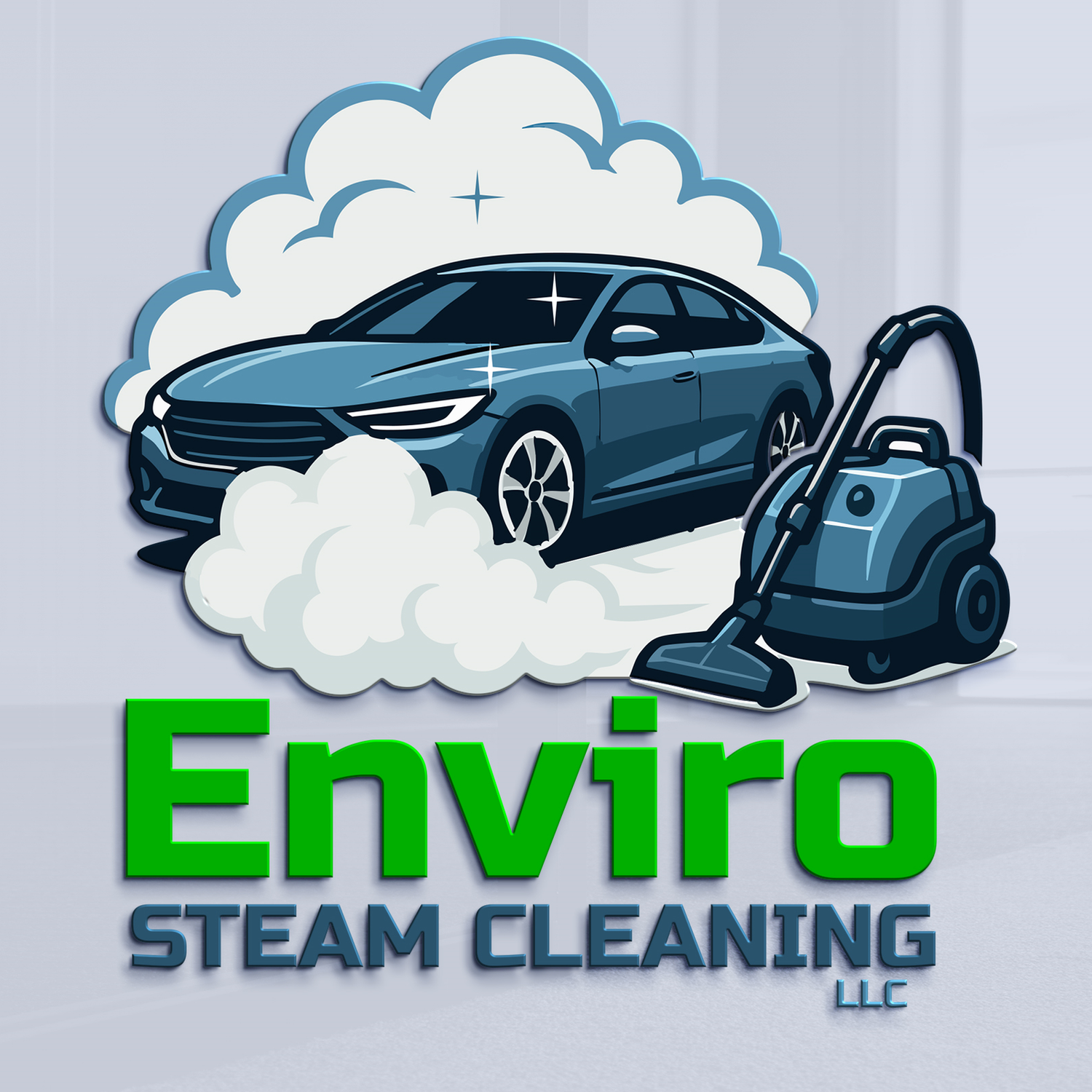The Truth About Car Washes: Why They Might Be Harming Your Paint
There is a common belief among car owners that automated car washes can damage their finish. It's true! Those frustrating, circular, spiderweb-like scratches you see on your paint are more often than not caused by the high-friction wash process.
Understanding why this happens is the first step toward protecting your investment.
The Three Main Types of Car Washes
Not all car washes are created equal, and the risk of damage varies significantly depending on the method used:
1. Brush-Based Automatic Washes (High Risk)
These washes use rotating foam or cloth brushes to scrub your vehicle. While effective at removing heavy dirt, the brushes often hold sand, dirt, and grit from previous vehicles. When those contaminated materials spin against your car's surface, they act like sandpaper, creating micro-scratches and swirl marks. If the equipment is poorly maintained or worn out, the damage is even worse.
2. Touchless Automatic Washes (Low Risk, Low Effectiveness)
Touchless systems use high-pressure water jets and strong detergents to clean your car without physical contact. This significantly reduces the risk of scratching. However, because there is no mechanical action, they often fail to remove all the dirt and grime, leaving behind a film and residue.
3. Hand Washes (Variable Risk)
Hand washes done by human operators are generally safer, as they allow for careful inspection and navigation around sensitive areas. However, the quality relies entirely on the operator's technique and equipment. If they use dirty mitts, old towels, or harsh soaps, they can still introduce scratches.
Where the Scratches Come From
Several factors determine whether a car wash will scratch your car:
The Equipment's Condition: Dirty, abrasive, or worn-out brushes and cloths in an automatic system are the primary cause of swirls.
Detergent Strength: Touchless washes must rely on very strong, sometimes harsh, chemicals to break down dirt without scrubbing.
Water Pressure: If the pressure from the water jets is too high, it can damage already weakened paint or seals.
Your Paint's Condition: If your paint is already damaged, faded, or covered in sharp protrusions, it is far more susceptible to further damage from any washing method.
The Safest Way to Protect Your Paint
While you can minimize the risk by choosing a reputable, well-maintained touchless wash, the fact remains: Any friction or abrasive material is a risk to your clear coat.
Ultimately, the best way to protect your car’s paint is to avoid high-friction commercial washes entirely. The safest alternatives are:
Hand Washing with Proper Technique: Use the two-bucket method, quality wash mitts, and microfiber drying towels.
Professional Detailing: A trusted local detailer not only uses the proper techniques and premium equipment but also has the expertise to customize the wash process based on your car’s specific needs.
If you already have those notorious swirl marks on your paint from past car washes, don't worry—we can fix that!
Check out our Exterior Detailing page for all your safe car wash options, and visit our Paint Correction page to see how we restore scratched and damaged paint to a flawless, glossy finish.
